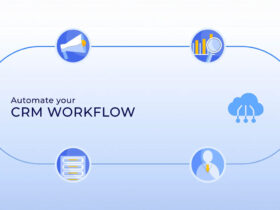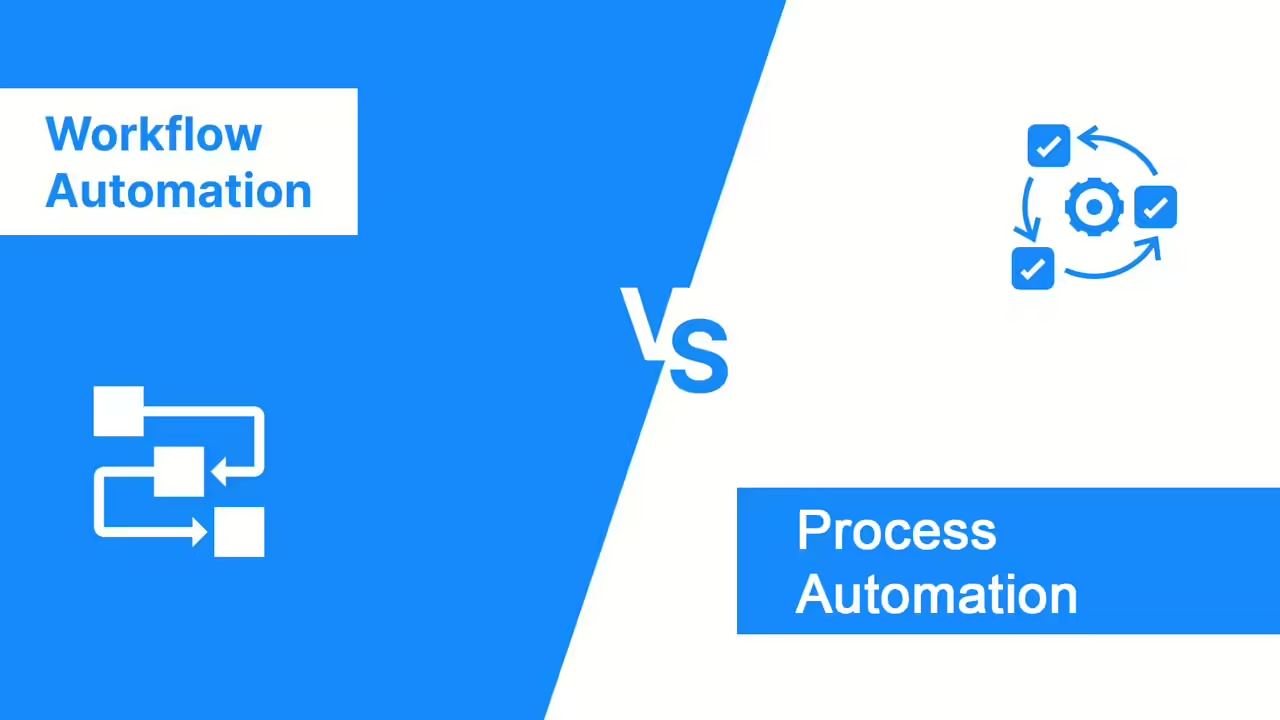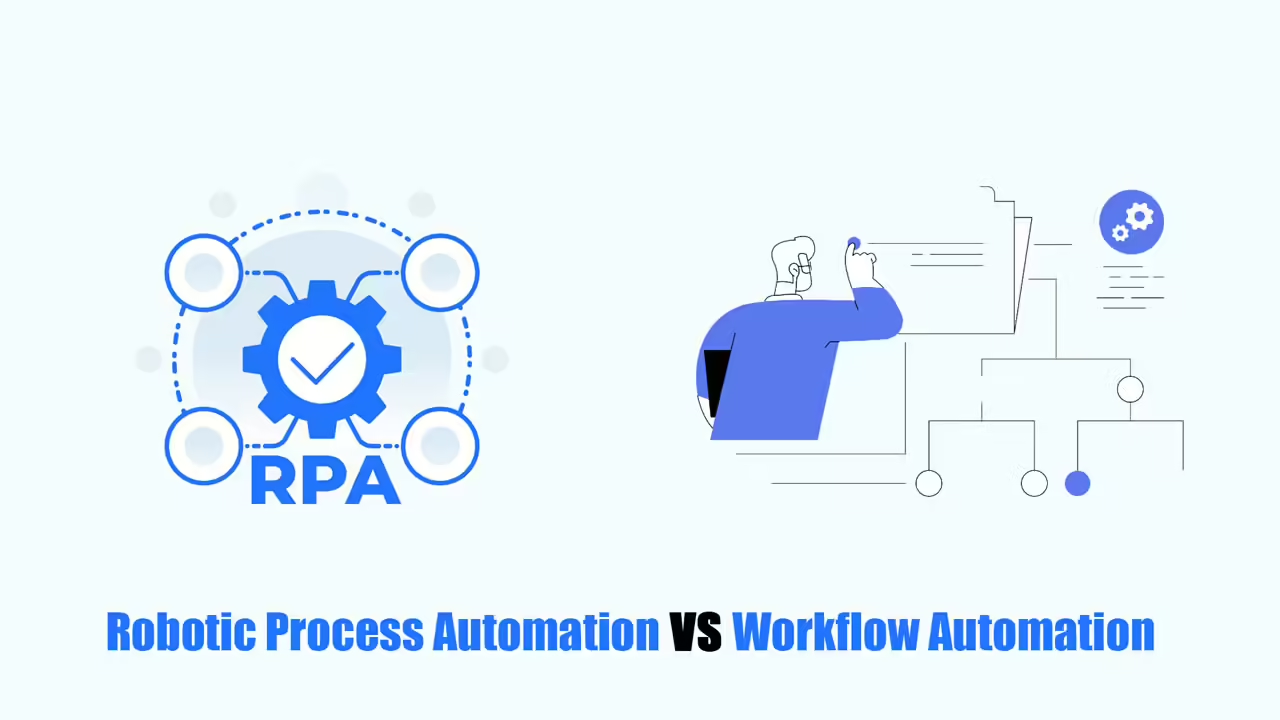Are you a technical and software employee at an insurance company? Are you seeking an insurance workflow automation to automate tasks?
Workflow automation helps insurance companies in a few ways:
- Connects different programs
- Reduces busywork
- Keeps things accurate
Similar to other areas, customers prefer and expect to have their insurance needs resolved quickly and easily online. Workflow automation is a good method for insurance companies to meet customer needs and keep up with the competition?
In this blog, I will cover 9 typical ways of insurance workflow automation that insurance companies should know to automate their workflows.
What is Insurance Workflow Automation?

Insurance workflow automation can help you complete repetitive tasks in your insurance business, from filing paperwork to sending emails. With automation, document management becomes easier and you can improve communication between teams, as well as ensure everything follows rules and regulations. From there, employees will have more time to focus on more valuable things.
Main Insurance Workflow Automation Use Cases
Now, let’s explore 9 use cases of insurance workflow automation for insurance companies.
Policy Issuance & Renewals
Problem:
Insurance companies need to find the right balance between what they can offer (considering risk) and what different customer groups need. This can be tricky because it’s hard to keep track of past customer requests, especially if they’re all on paper. Without this information, it’s difficult to improve marketing campaigns or design insurance plans that fit what people actually want.
Solution:
By using digital tools to collect and analyze customer data (instead of paper records), insurance companies can get a clearer picture of what different customer groups are looking for. This lets them see trends and make smarter decisions about marketing and creating new insurance plans. Basically, with better data, insurance companies can design plans that meet customer needs while still protecting themselves.
Processing Health Insurance Claims
Problem:
Handling insurance claims can be a slow and frustrating process, both for insurance companies and their customers. There’s a lot of paperwork involved, data needs to be entered by hand, and several people need to approve each claim. This can lead to mistakes, delays, and unhappy customers.
Solution:
Workflow automation can automatically collect claim information, check to make sure it’s accurate, and get the right people involved to review and approve the claim. This means less time spent on paperwork, fewer errors, and much faster claim processing. Plus, customers can get updates on the status of their claim in real time, so they always know what’s going on.
Reporting Compliance & Regulatory
Problem:
Keeping track of all the rules and regulations in insurance can be a big headache. Following these rules often involves a lot of manual work, like collecting data, checking everything for accuracy, and creating reports. This can be slow, error-prone, and sometimes lead to fines for the insurance company.
Solution:
Insurance workflow automation can help by automating tasks related to following the rules (compliance). This means the software can collect data, check it for accuracy, and even create reports automatically. This saves time, reduces errors, and helps insurance companies avoid getting in trouble for breaking the rules.
Managing Agents & Brokers
Problem:
Creating customized group insurance quotes for potential customers requires a personalized approach within insurance tasks. However, tracking and analyzing past customer requests can be difficult, leading to a lack of visibility and hindered marketing campaign optimization.
Solution:
Using automated digital analytics and moving away from paper-based data, insurance companies gain a comprehensive understanding of customer segments. This allows for easier tracking of trends and provides valuable marketing insights that can be adapted to current market demands. With this visibility, teams can shape methods that strike a balance between internal risk considerations and the specific policy needs.
Document Management
Problem:
Dealing with paper documents in insurance is slow and risky. It takes a lot of time to print, scan, and store them physically, and things can easily get lost or misplaced.
Solution:
The insurance workflow automation tool can turn all those papers into digital files. This software keeps track of different versions of a document, adds labels to make them easy to find, and lets you search for them quickly. Plus, it keeps all this information safe with features like passwords, encryption (scrambling the data), and a history of who accessed what. This is much more secure than storing paper in a filing cabinet.
Risk Assessment
Problem:
Figuring out how much to charge for insurance (risk assessment) and deciding who gets approved (policy determination) can be slow and inaccurate. This happens because people do a lot of manual work, like reviewing applications and entering data by hand. Sometimes these decisions can also be unfair because they rely on people’s opinions instead of clear rules.
Solution:
An insurance workflow automation platform can collect information from applications, follow specific rules to assess risk, and check other sources of data to make sure everything is accurate. This way, decisions about insurance are made faster, more fairly, and with fewer mistakes. With all this information at their fingertips, insurance specialists (underwriters) can make better choices about who gets approved and how much they pay, which means getting covered by insurance happens quicker and more smoothly.
Data Management
Problem:
Insurance companies deal with a lot of information, like customer details, insurance plans (policies), claims, and money stuff (financial records). Keeping track of all this information on paper or in separate computer programs can be a big mess.
Solution:
Insurance workflow automation can help organize all this information. It can connect to different programs where the data is stored, clean it up and make sure it’s accurate, and put it all in one safe place. This software also gets rid of duplicate information and keeps everything up-to-date. Think of it as a giant filing cabinet that sorts and stores everything neatly, so it’s easy to find what you need.
Customer Onboarding
Problem:
The process of attracting potential customers to sign up for insurance is slow and causes frustration for both customers and insurance companies. There’s too much to communicate, information gets mixed up, and it takes a long time to organize and get everything done.
Solution:
Task automation can help smooth things out. It can automate tasks like processing applications, which saves time and reduces errors. The software can also connect to different programs the insurance company already uses, so there’s no need to enter the same information multiple times. This makes things faster and more efficient for everyone.
Plus, the software can be used to send automated messages to customers. This can be things like reminders, updates on their insurance plan, or information about renewing their policy. By keeping in touch with customers this way, the insurance company can provide better service and keep them happy.
Read more:












